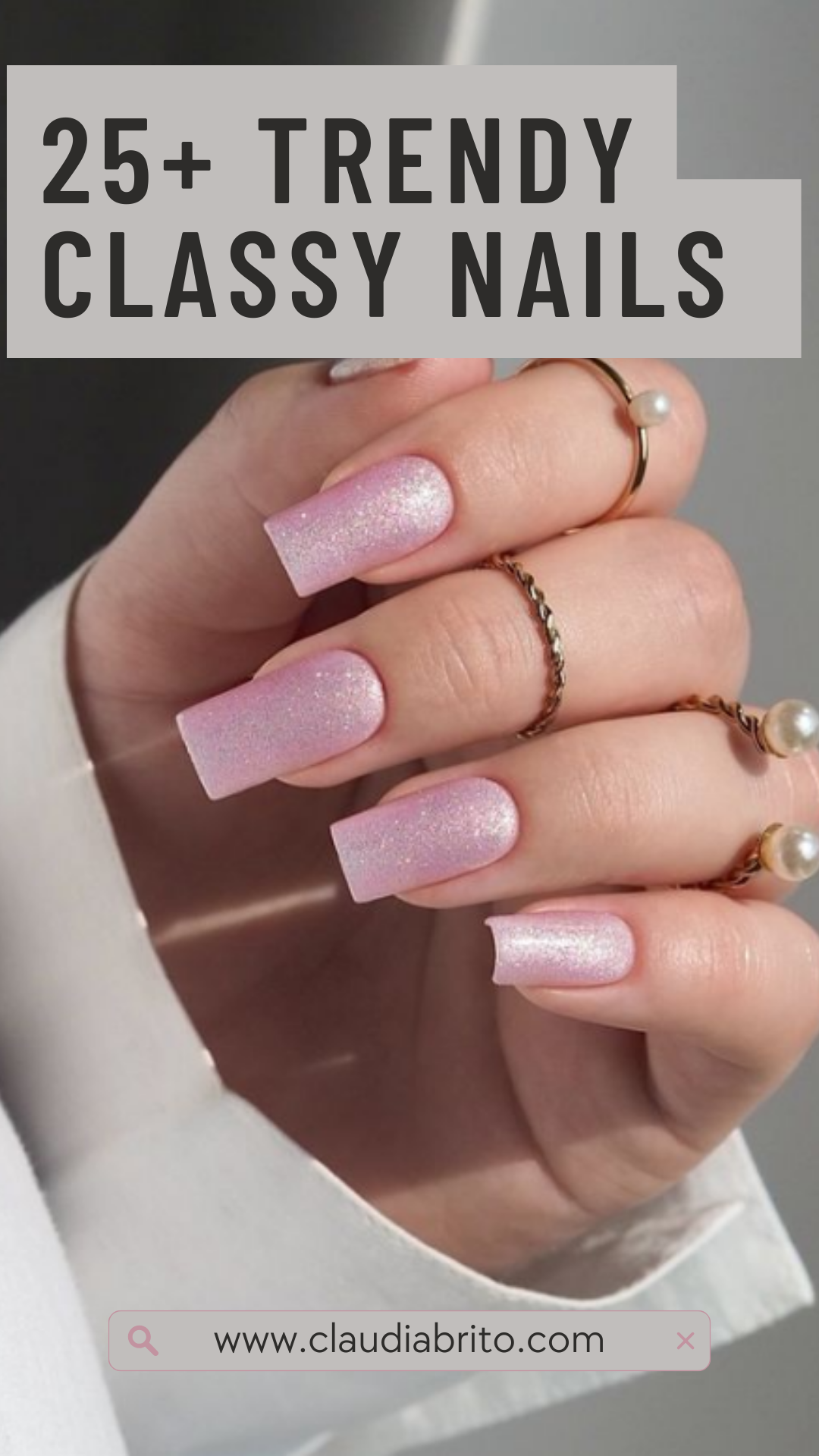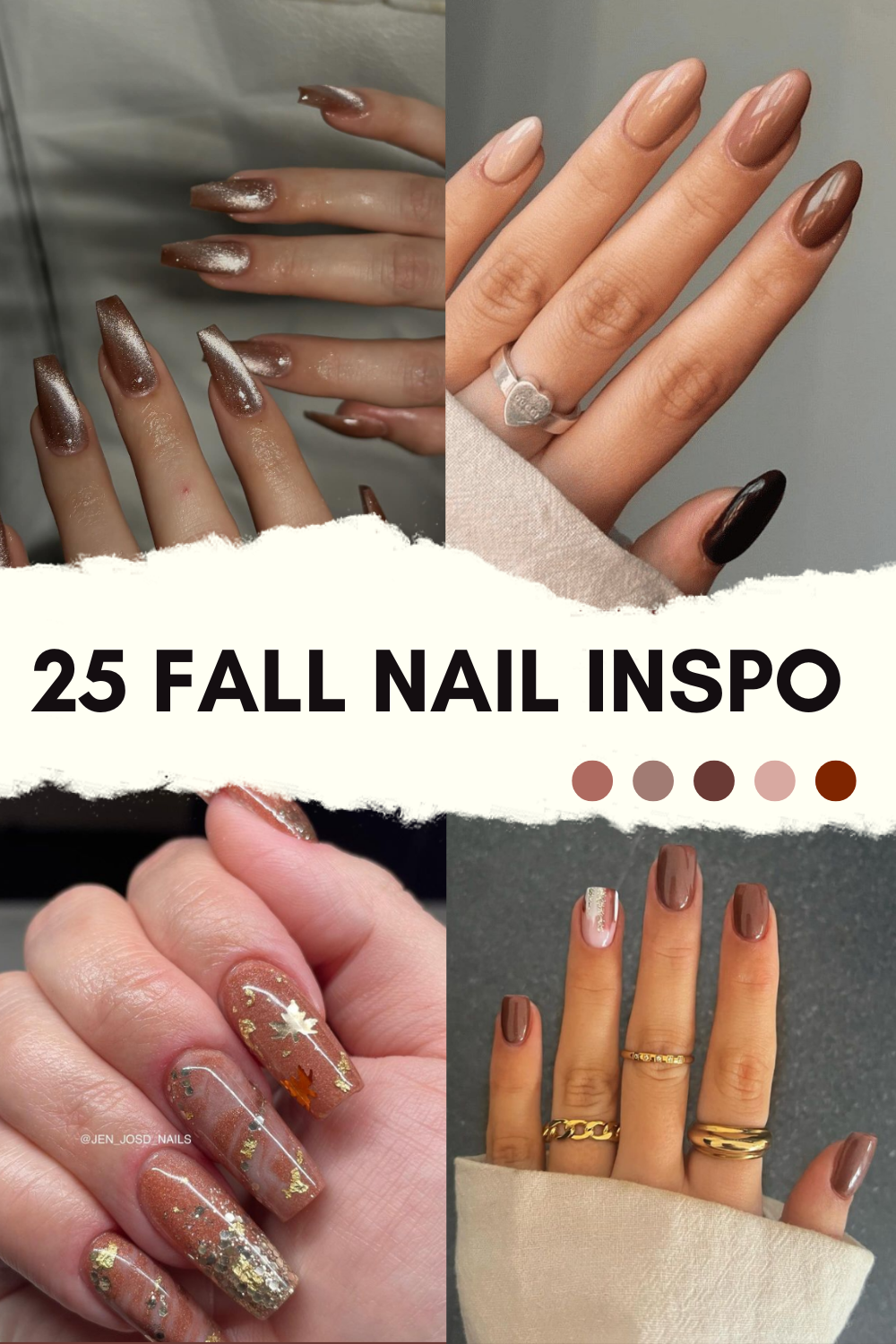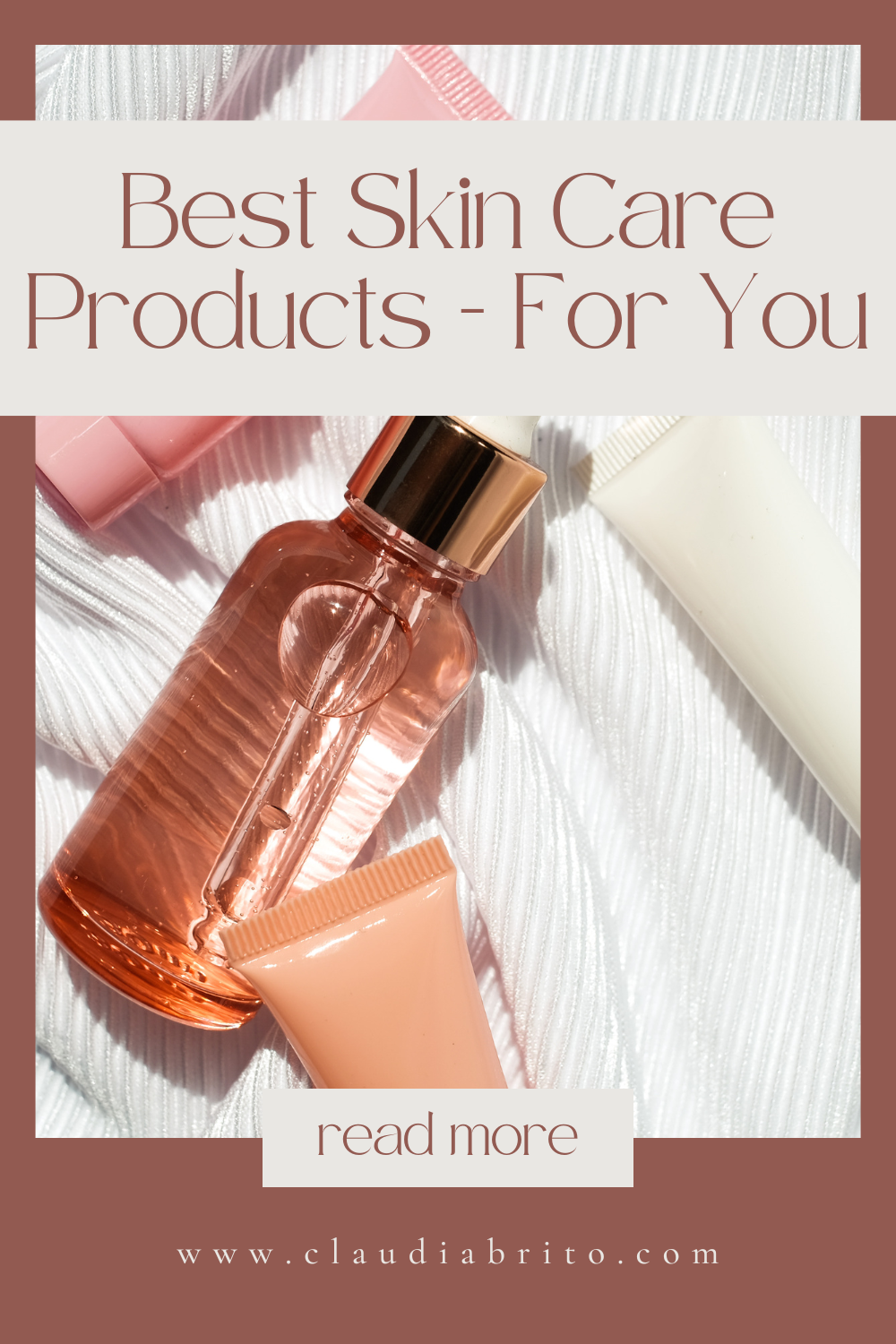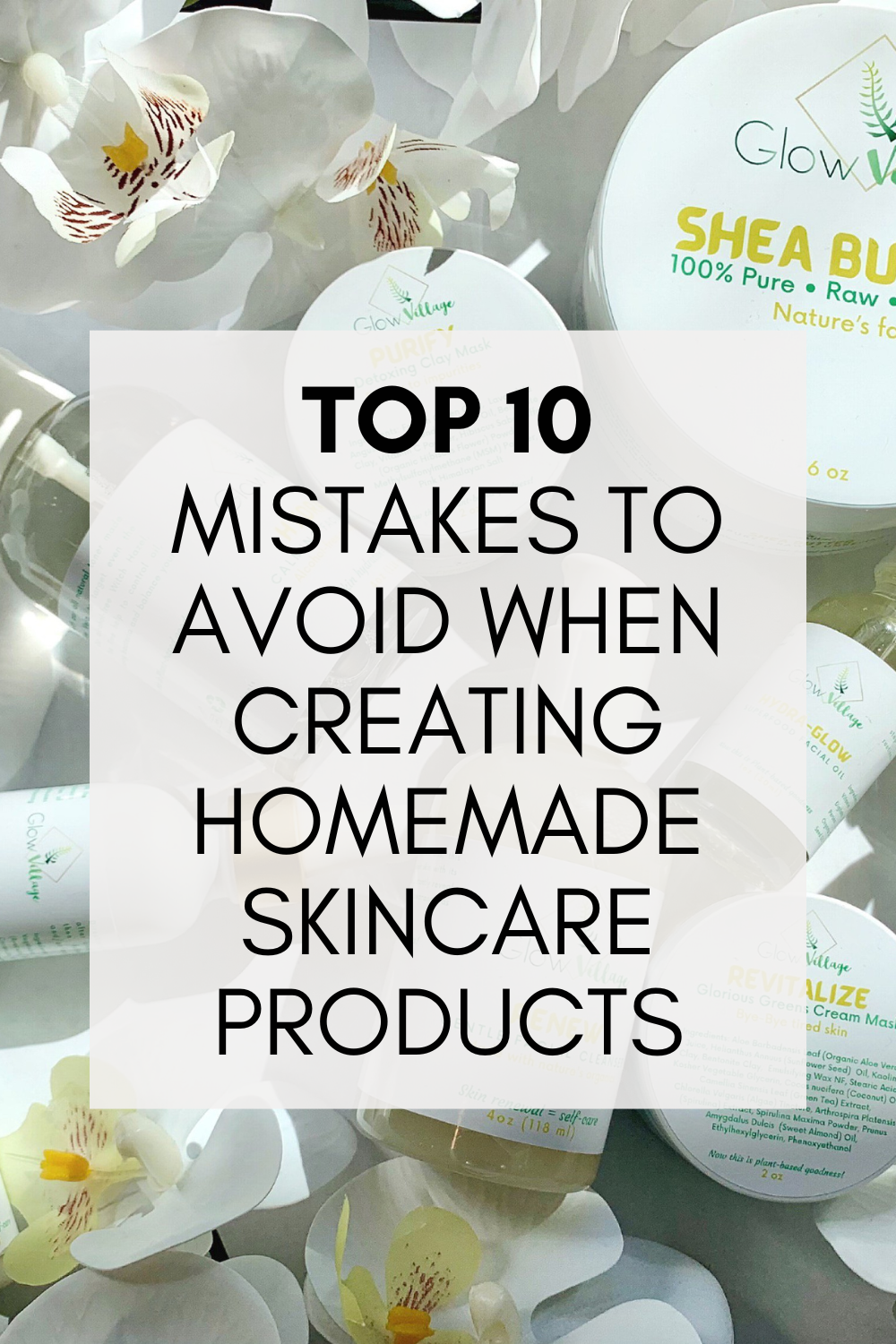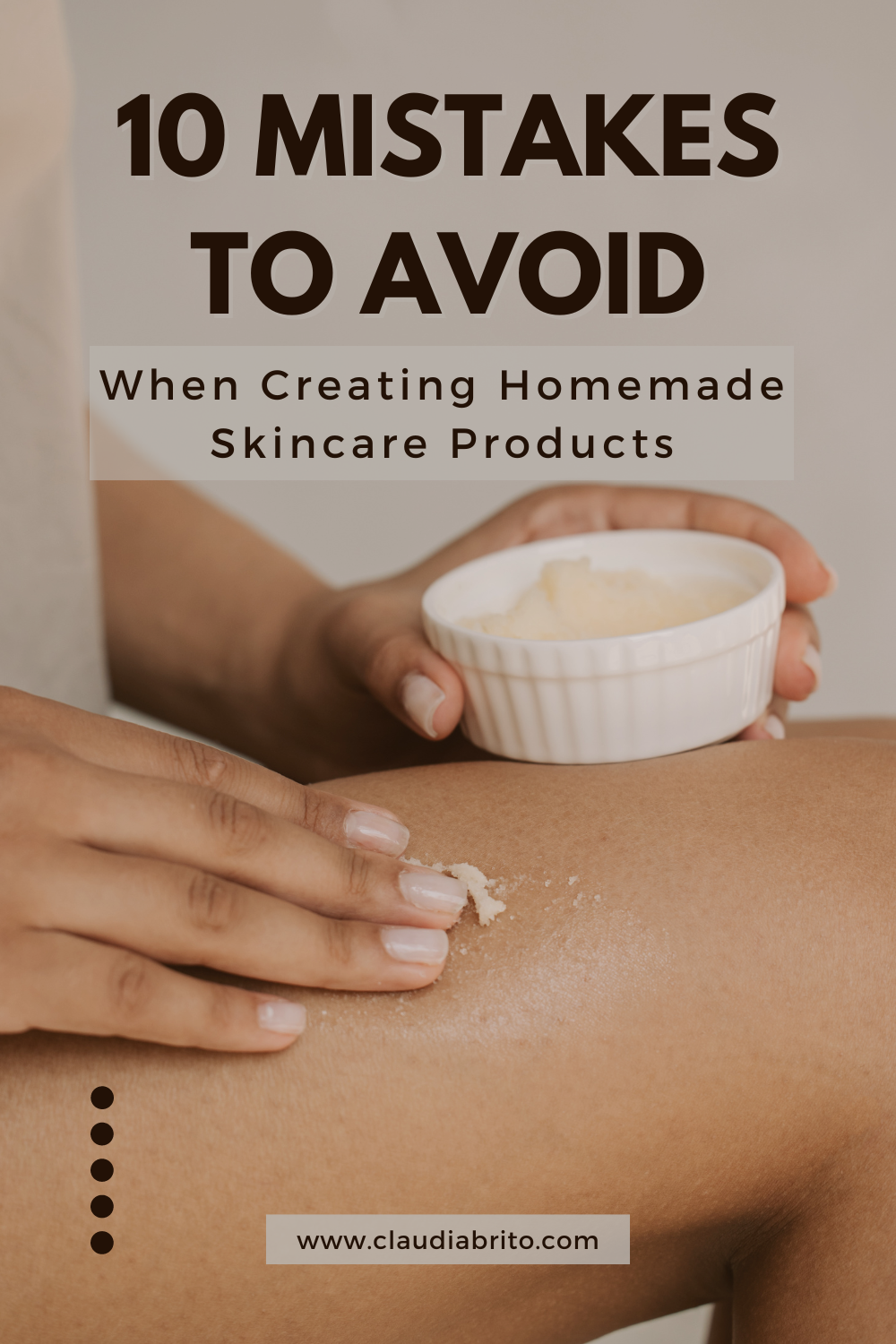Maintaining natural hair can be a rewarding yet challenging journey. One of the primary concerns for those with natural hair is preventing breakage and damage. With the right care and practices, you can keep your hair healthy, strong, and beautiful. Here are ten proven ways to prevent breakage and damage in natural hair.

Moisturize Regularly
Natural hair tends to be dry, making it prone to breakage. Keeping your hair moisturized is essential. Use a leave-in conditioner or a water-based moisturizer daily. Seal in moisture with natural oils like coconut oil, olive oil, or shea butter to keep your hair hydrated.
Protective Styling
Protective styles like braids, twists, and buns help minimize hair manipulation and protect your ends from damage. Ensure these styles are not too tight, as excessive tension can cause breakage and traction alopecia. Take breaks between protective styles to give your hair and scalp a rest.
Avoid Heat Styling
Excessive heat from blow dryers, flat irons, and curling irons can weaken your hair, leading to breakage. If you must use heat, always apply a heat protectant spray and use the lowest heat setting possible. Allow your hair to air dry as much as possible and give your hair regular breaks from heat styling.
Gentle Detangling
Detangle your hair with care to avoid unnecessary breakage. Use a wide-tooth comb or your fingers to gently work through knots and tangles. Detangle your hair when it is damp and coated with a conditioner to reduce breakage. Avoid excessive brushing or combing, which can cause damage.
Regular Trims
Trimming your hair every 8-12 weeks helps eliminate split ends, which can travel up the hair shaft and cause more damage. Regular trims keep your hair looking healthy and prevent split ends from becoming a bigger problem.
Sleep Protection
Friction from tossing and turning on cotton pillowcases can lead to dryness, tangles, and breakage. Protect your hair at night by wearing a satin or silk bonnet, scarf, or pillowcase to reduce friction and preserve moisture. Pineapple your hair by gathering it loosely at the top of your head and securing it with a soft scrunchie or headband. Avoid tight ponytails or buns that can cause tension and breakage.
Limit Hairstyle Tension
Tight hairstyles like ponytails, buns, braids, and weaves put excessive tension on the hair, which can cause traction alopecia (gradual hair loss) and breakage over time. Avoid styles that pull too tightly on your hairline or scalp. When wearing braids or extensions, keep them lightweight and avoid adding excessive hair.
Healthy Diet
Your diet plays a crucial role in the health of your hair. Consume a balanced diet rich in proteins, vitamins, minerals, and healthy fats. Include foods like:
- Proteins: eggs, fish, lean meats, nuts, beans
- Vitamins: dark leafy greens, citrus fruits, berries
- Minerals: whole grains, seeds, avocados
- Healthy fats: olive oil, avocados, nuts, seeds
These nutrients promote hair growth and strength from the inside out.
Deep Conditioning
Deep conditioning treatments restore moisture and strength to your hair. Use a deep conditioner at least once a week or every two weeks. Look for products containing nourishing ingredients like shea butter, oils, and proteins. You can also use homemade treatments like avocado, honey, olive oil, or mayonnaise. Use a hooded dryer, steamer, or hot towel to help the conditioner penetrate the hair shaft.
Use the Right Products
Select hair care products that are formulated for natural hair. Avoid products with sulfates, silicones, and parabens, as these can strip your hair of natural oils and cause dryness. Opt for products with natural ingredients that nourish and strengthen your hair.
Conclusion
Preventing breakage and damage in natural hair requires consistent care and attention. By incorporating these ten tips into your hair care routine, you can maintain the health and beauty of your natural hair. Remember, healthy hair is a result of both external care and internal nourishment. Embrace your natural hair and give it the love and care it deserves.
By following these strategies, you’ll be on your way to stronger, longer, and more resilient natural hair. Happy hair journey!
YOU MIGHT ALSO LIKE
The Ultimate Guide to Classy Cute Nails: 25 Trends and Tips
Are you looking to elevate your manicure game with designs that exude both elegance and charm? Look no further! Classy cute nails are the perfect blend of sophistication…
4 min read
Ultimate Fall Nail Inspo 2024: Must-Try Designs and Color Trends
Welcome to your go-to source for fall nail inspiration in 2024! As autumn sets in and the weather cools, it’s the ideal moment to refresh your manicure with…
4 min read
Effective Skincare Made Easy: 5 Basics and Best Products for Glowing Skin
Creating an effective skincare routine can seem daunting with the plethora of products available. However, understanding the basics can simplify this process. This comprehensive guide will walk you…
4 min read
Ultimate Guide to the Best Skincare Products of 2024: Top Picks for Every Skin Type
Skincare is an essential aspect of personal care, but with the plethora of products available, it can be challenging to determine which ones are worth the investment. This…
4 min read
Top 10 Mistakes to Avoid When Creating Homemade Skincare Products
Creating homemade skincare products can be a rewarding and beneficial endeavor. However, it also comes with its own set of challenges and common mistakes. Understanding these pitfalls can…
4 min read
Top 10 Mistakes to Avoid When Creating Homemade Skincare Products
Creating homemade skincare products can be a rewarding and beneficial endeavor. However, it also comes with its own set of challenges and common mistakes. Understanding these pitfalls can…
4 min read

